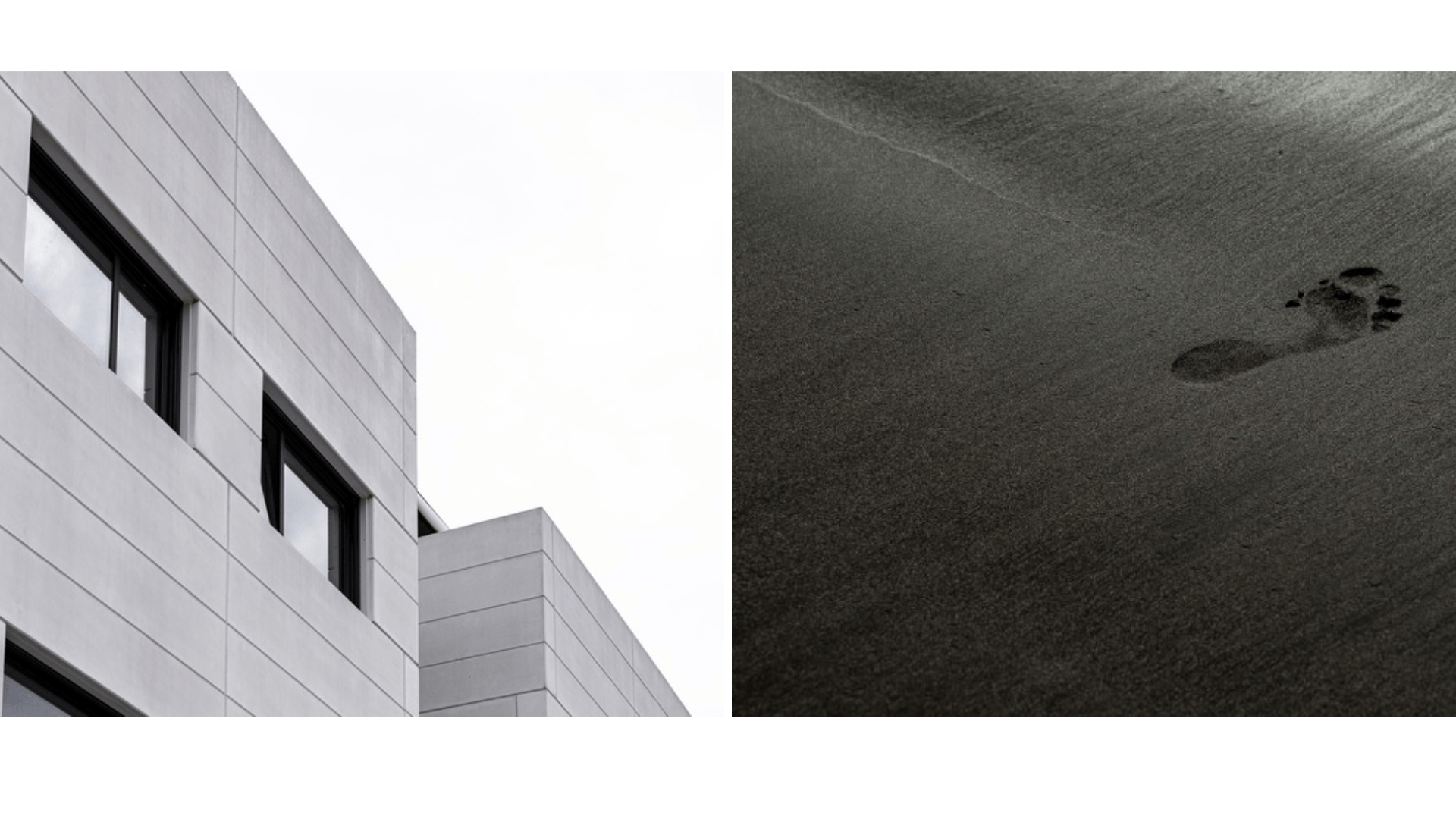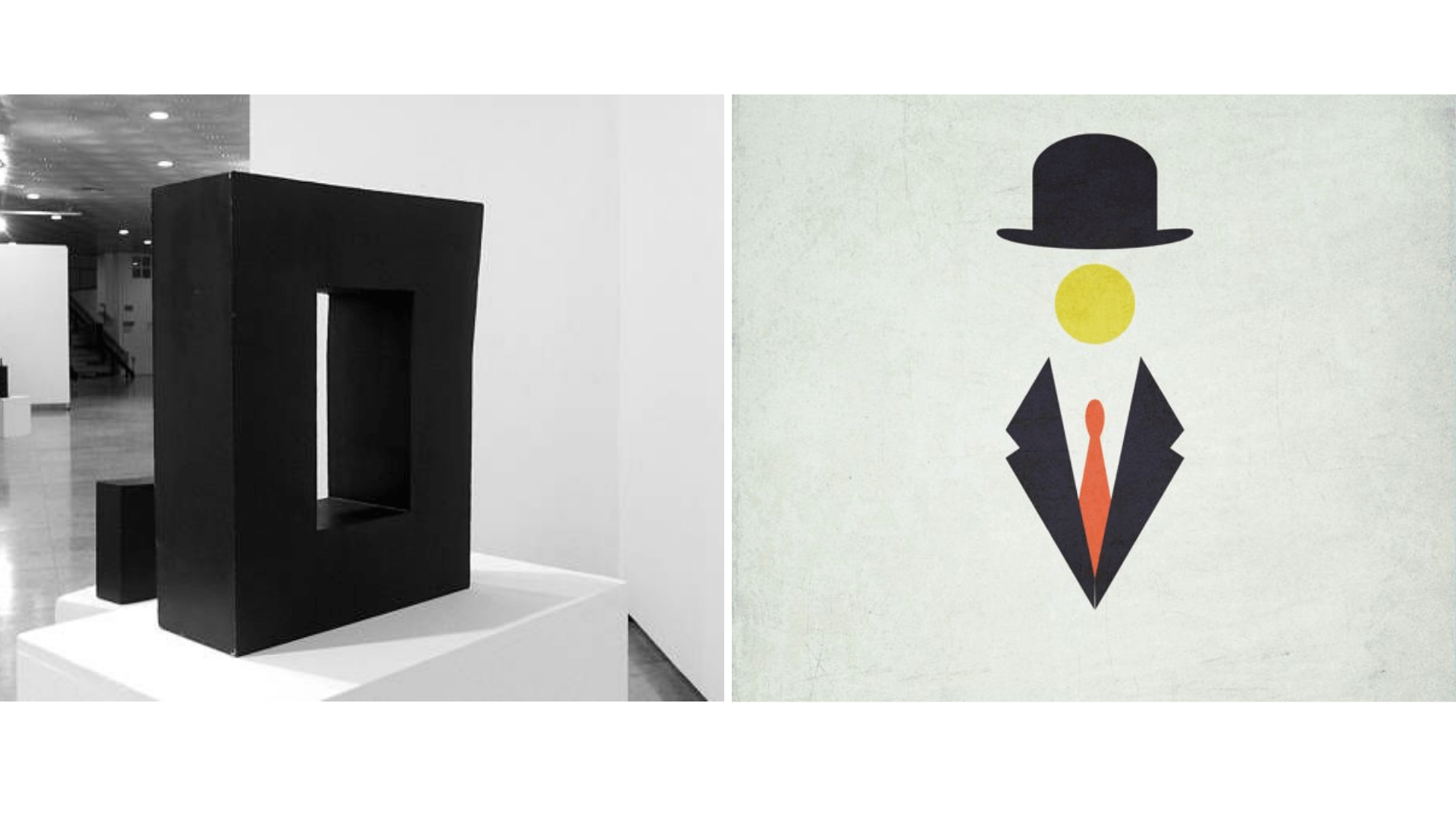The idea of living a simple life with less stuff sounds attractive but when it comes to getting rid of unnecessary possessions, the brain tries to not let them go. A thousand reasons to keep that stuff longer can be found. Subsequently, we have a messy life, house, and mind.
Decluttering life and becoming a minimalist is a style of living where the main idea is to start to appreciate the things you have by reducing the number of unnecessary things.
Here are some lesson ideas on this topic which will be interesting to discuss with your students. The exercises include discussions, listening and watching tasks, vocabulary, and reading activities. They are suitable for pre-intermediate+ level teens and adults.
Task 1. Lead-in
Option 1. Show students the following sentences and discuss if they are familiar with these situations and what they refer to.
“I might need that in the future.”
“Oh, that’s my favourite shirt. I will try to lose/gain weight to wear it.”
“It was so expensive when I bought it.”
“I will keep this one to show my children/grandchildren what trends there were when I was little/young.
Keys: They are all about the inability to throw unnecessary stuff.
Option 2. Tell students to look at the picture and answer the questions:
What can you see? Do you think you own too much stuff? How can you declutter your home from stuff you don’t need?

Make a list of things that you don’t use. Group the things and put them in rows (as in the example). Below every group writes what you would do if you decide to get rid of them.

Option 3. Discuss the picture and introduce the topic of minimalism.
Look at the picture. What does it represent? Do you like this kind of interior? What would you change?

Task 2. Vocabulary work
Show the pictures to your students. Ask to read the given words and match them with the most suitable picture.
These are basic words connected to the topic and listening and reading activities below. Add more work with vocabulary if necessary.

- Minimalism
- Minimalistic
- Spacious
- Hoard
- Materialistic
Keys: a – 5; b – 2; c – 1; d – 4; e – 3
Give them a few phrasal verbs related to the topic (e.g. throw away, clear out, do away with, tidy up) and ask to make sentences using the words and the pictures too.
Task 3. Discussing minimalism
Ask students to work in pairs and discuss what minimalism is. Then play the video and let your students check their ideas.
If you want to practice reading, you can ask them to read the article about it. Alternatively, show the headings from the article, ask to explain what they mean, then give out the paragraphs and make students match them with the headings.
After they finish, ask some more questions about a minimalist lifestyle. For example,
- Would you like to live a minimalist lifestyle? Why (not)? If so, what is stopping you?
- Do you know anyone living/trying to live a minimalist lifestyle?
- Give an example of famous people with minimalist principles (if students don’t know any, let them look through the article, ask who surprised them most and why).
You can also discuss minimalism and financial freedom. Use the following questions:
- Do minimalists have clearer goals?
- Do they manage their money well?
- Can minimalism help you deal with debts?
- What can stop impulse purchases?
Task 4. Benefits of Minimalism
Ask students what they think are the benefits of living a minimalist life. They can try to give some pros and cons about it. They can compare their ideas with the article.
Task 5. Reasons to be a minimalist
Prepare three reasons why people need to become minimalists. Let students read and give their opinion about them.
- If you’ve thought about living in a tiny house, you might be a minimalist.
- If you spend more time thinking of ways to reduce your overhead than ways to make money, you might be a minimalist.
- If words like trinket and souvenir make you cringe, you might be a minimalist.
Ask students to add three more reasons.
Task 6. Ads – good or bad?
Show students minimalist ads and get them to explain the concept. Elicit what other minimalist ads they know and how these ads affect people.

Play the trailer of “Minimalism: A Documentary About the Important Things” and check the ideas about the ads.
Discuss the following statement:
It’s not easy living a minimalist lifestyle. Advertisements try to convince us that we will only be happy by spending more money to buy more stuff.
Task 7. Minimalism in art
Show students different types of minimalism art. Get them to say what art form they see.


Keys: architecture, photography, sculpture, painting.
Ask if they like minimalism in art and what other art forms can have a minimalism style. Elicit that one of them is music. If they are not familiar with that kind of art, play La Monte Young’s Composition 1960 No. 7 and then ask how minimalism is revealed in music (Key: reduced style, repetition, tonal harmony, etc.).
Task 8. More videos
Here are some more activities based on TED Talk A Rich Life with Less Stuff. One of them has before, while, and after watching activities. The other one is concentrated on vocabulary and discussion.
If your students are interested in this topic, you can recommend the following websites:






 Вероника Аветисян
Вероника Аветисян 



